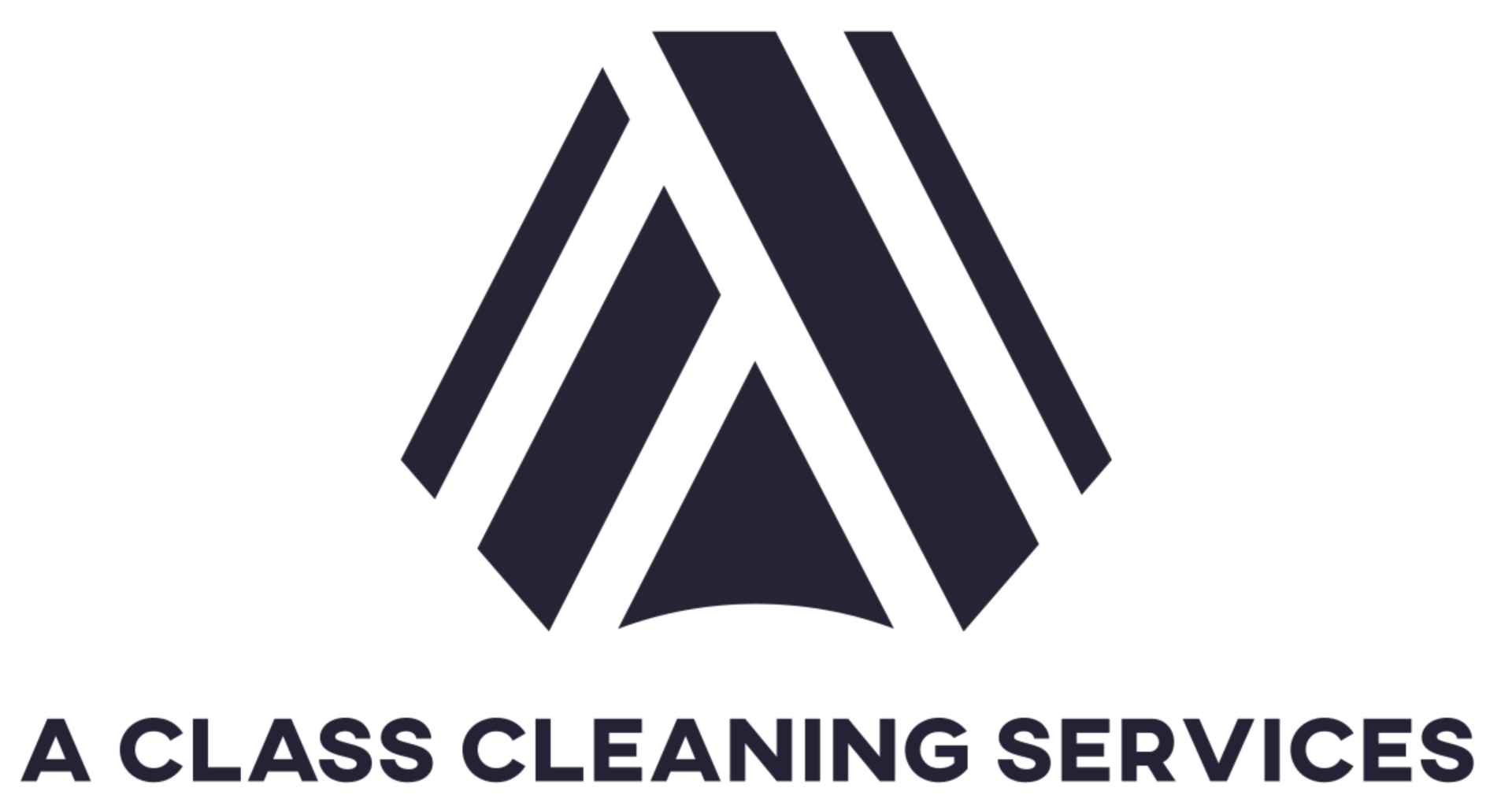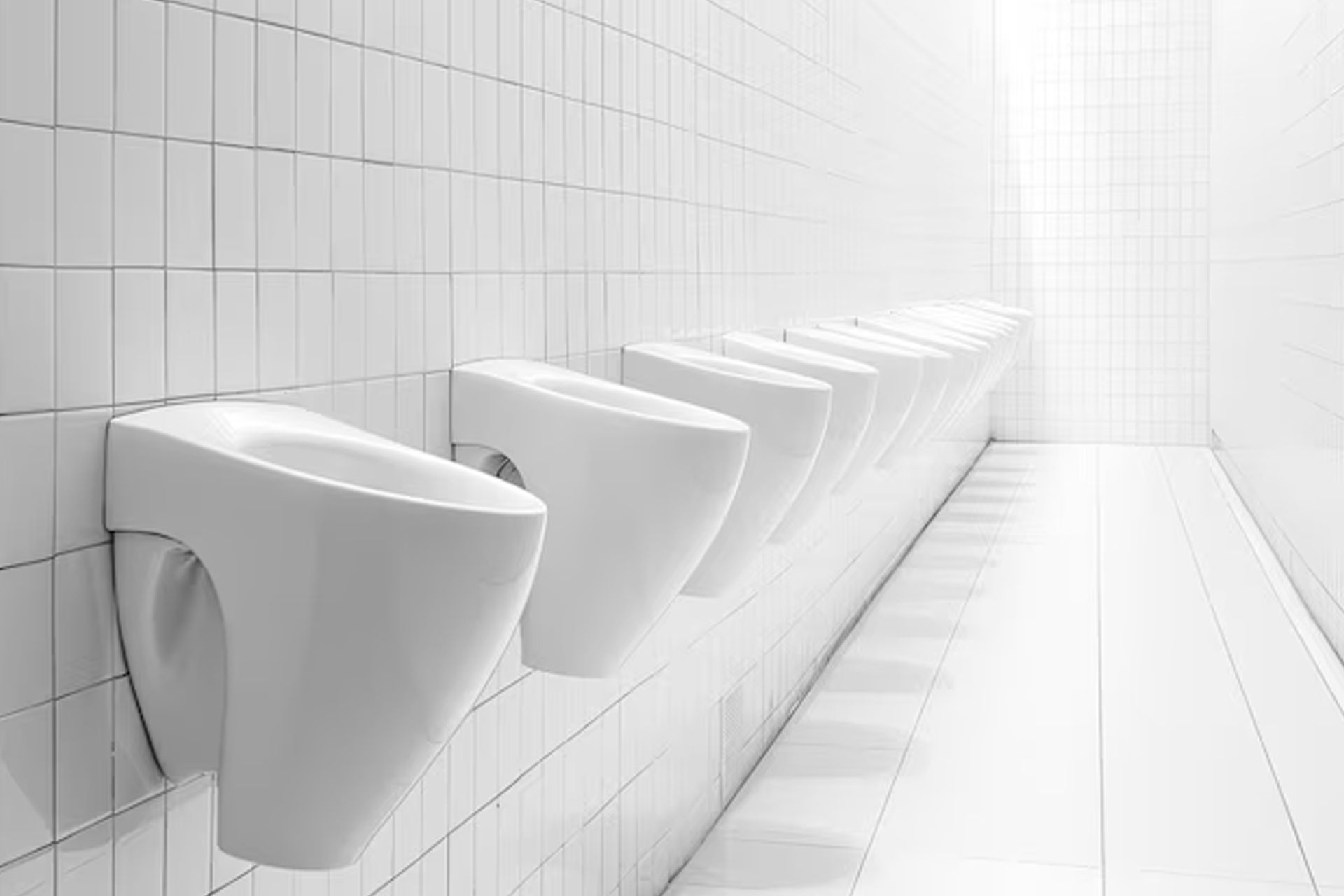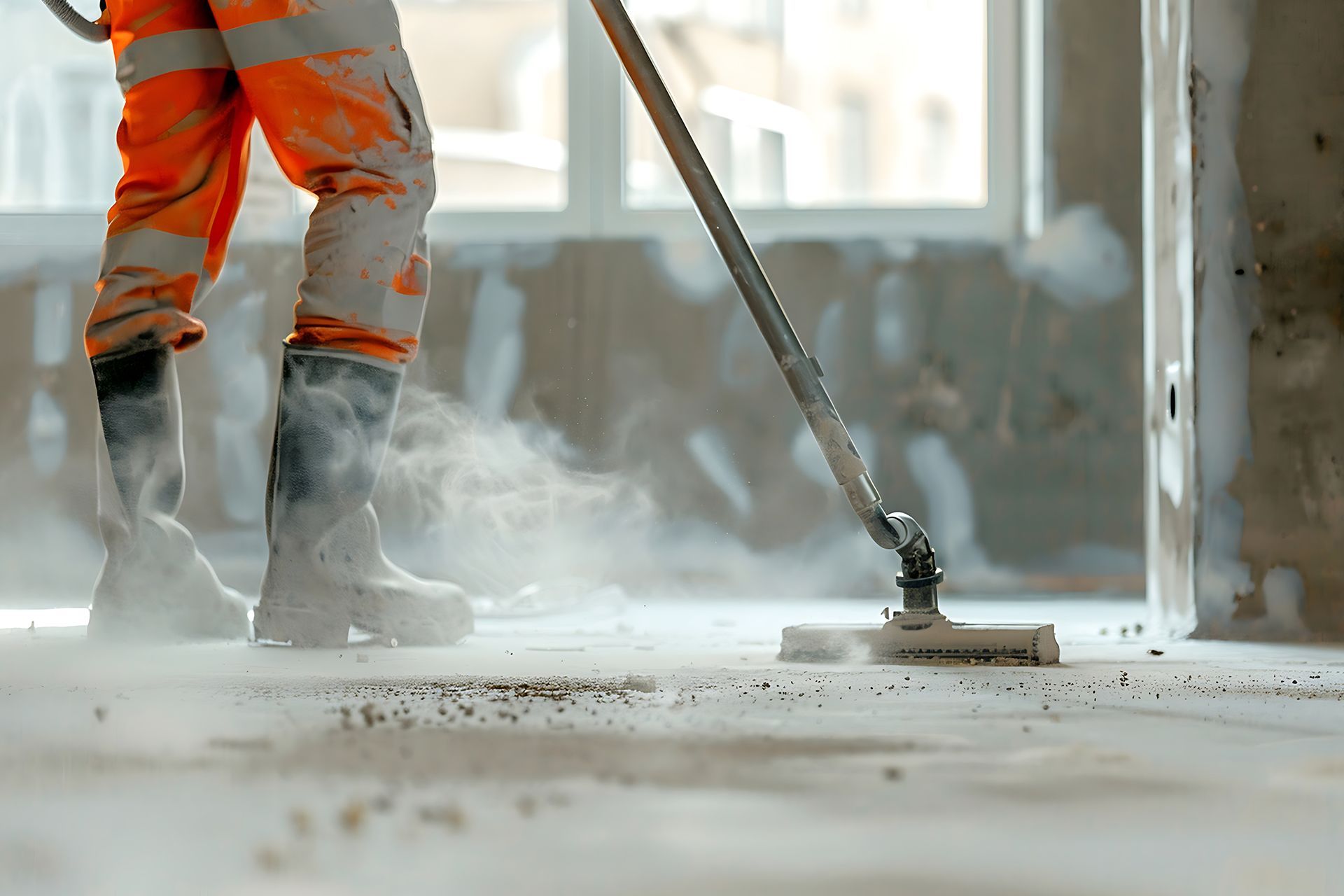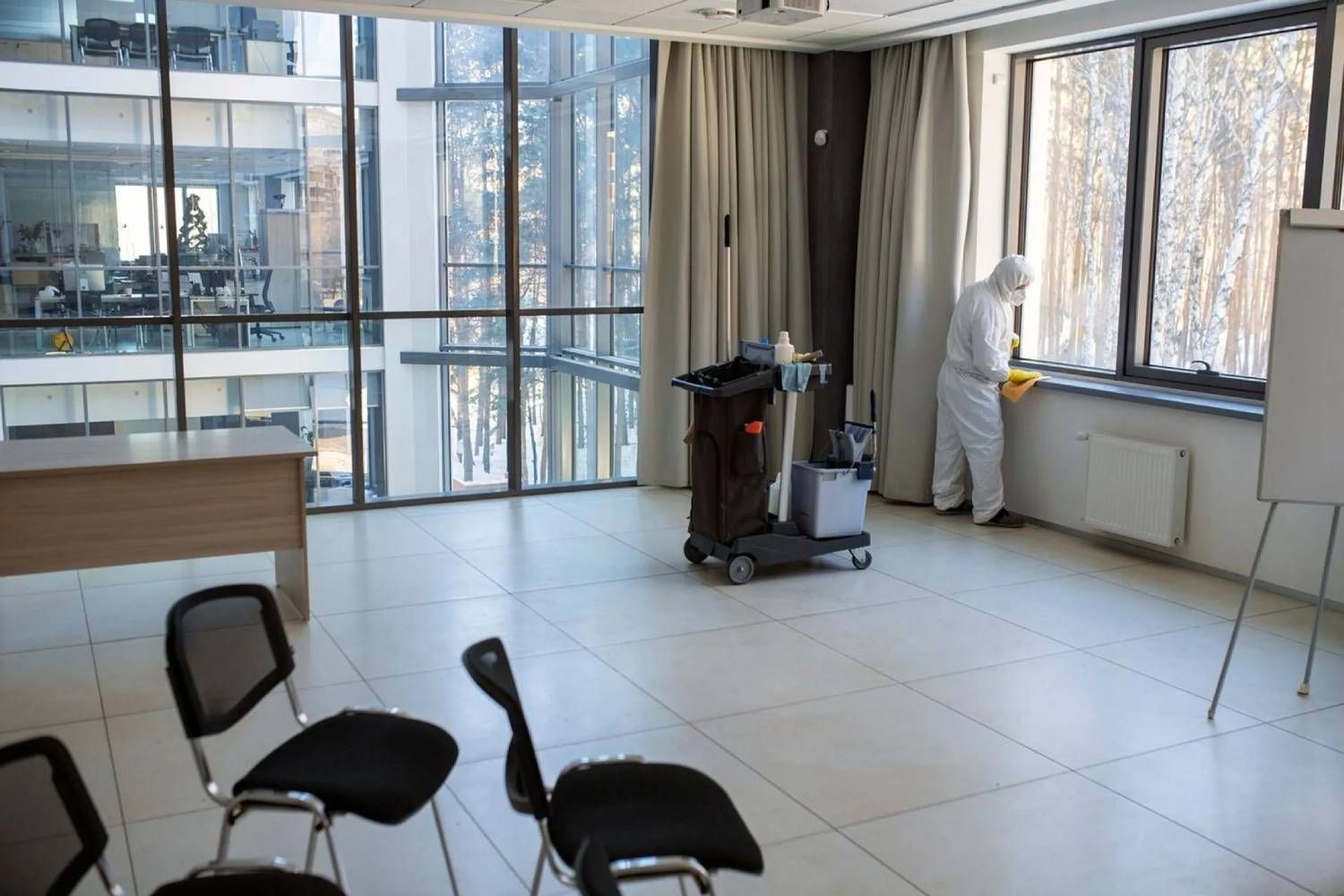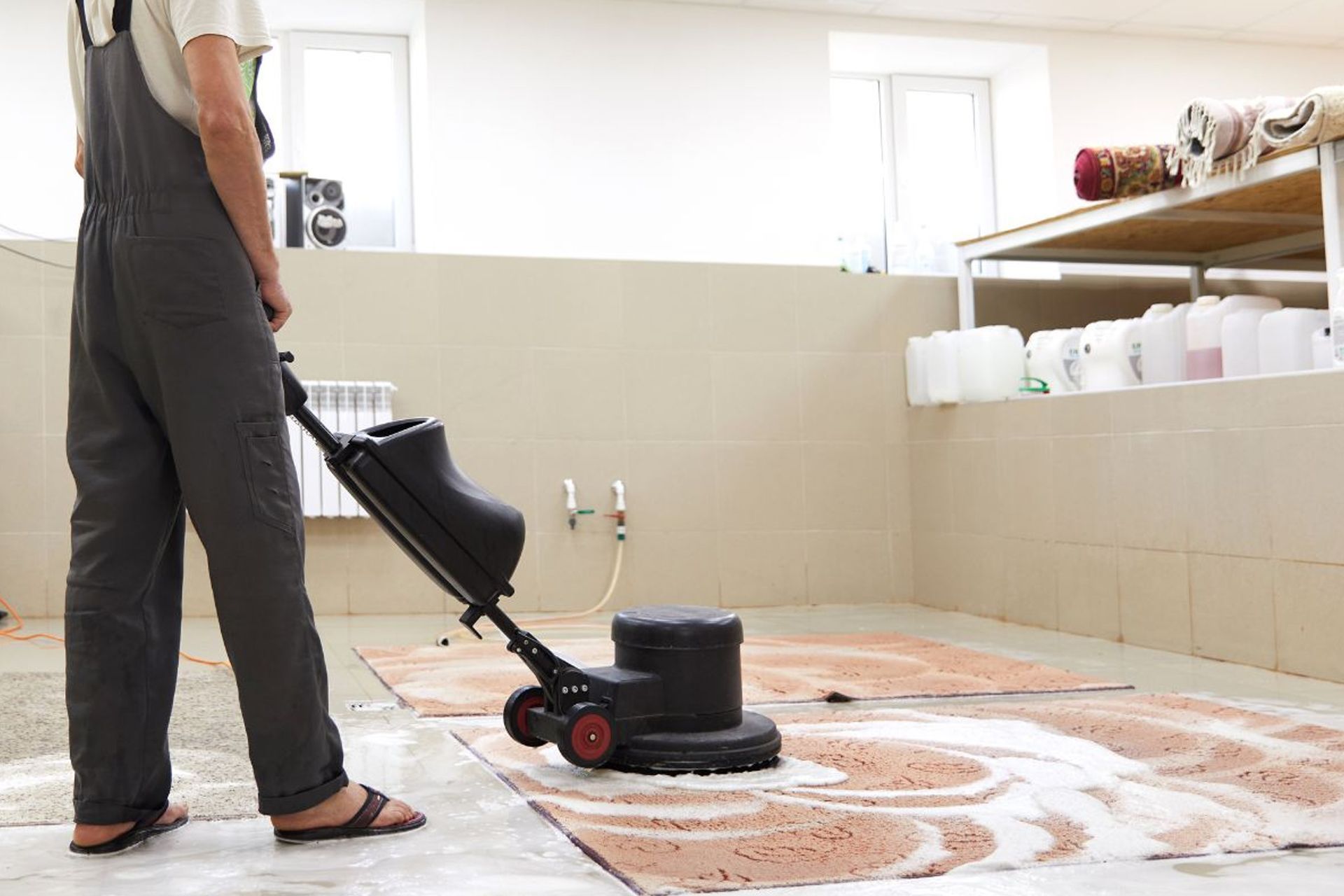School Cleanliness: Tips for Creating a Cleaning Plan That Suits Your School
A clean and healthy school environment is vital for effective learning and teaching. It is instrumental in reducing the spread of diseases, enhancing the overall learning experience, and improving students' and teachers' health and well-being. This comprehensive guide offers practical tips and expert advice to help you develop an effective cleaning plan that suits your school's unique needs.
Introduction to School Cleanliness: Understanding the Importance of a Clean Environment
Maintaining a clean and healthy school environment is of paramount importance. It contributes to the physical well-being of students, teachers, and staff and fosters a positive learning atmosphere. A clean school environment reduces the spread of diseases, leading to lower absenteeism rates and more effective learning. It also enhances the overall appearance of the school, which can positively influence the perception of students, parents, and the broader community.
Assessing Your School's Cleaning Needs: Identifying High-Traffic Areas and Specific Requirements
Classroom Spaces
Classrooms are the heart of every educational institution. They are high-traffic areas that require regular and thorough cleaning. The cleaning plan for classrooms should include dusting all surfaces, cleaning and disinfecting desks and chairs, vacuuming carpets, and washing windows and other glass surfaces. Regularly cleaning display boards, teaching aids, and other equipment is also essential.
Hallways and Common Areas
Students, teachers, and visitors frequently use hallways, corridors, and common areas like libraries and auditoriums. These areas should be swept and mopped daily, and lockers, railings, and other surfaces should be regularly dusted. Regular cleaning of windows and doors and the removal of waste are also crucial.
Restrooms and Cafeterias
Restrooms and cafeterias are prime areas for the spread of germs and should be cleaned and disinfected several times a day. This includes sanitizing all surfaces, replenishing soap and paper supplies, and ensuring that all fixtures are in good working order. In cafeterias, tables and chairs should be cleaned after each use, and food preparation areas should be thoroughly cleaned and sanitized daily.
Developing a Customized Cleaning Plan: Tailoring Solutions to Your School's Size and Layout
Daily Cleaning Routines
Daily cleaning routines should be established based on the school's size, the number of students, and specific cleaning needs. These routines should include tasks that need to be performed daily, such as sweeping and mopping floors, cleaning and disinfecting high-touch surfaces, and emptying trash bins, tasks typically handled by a professional janitorial cleaning service.
Weekly Deep Cleaning Tasks
In addition to daily cleaning routines, a weekly deep cleaning schedule should be established. This could include washing windows, deep-cleaning carpets, and thoroughly cleaning and disinfecting restrooms and cafeterias.
Monthly Maintenance Checks
Monthly maintenance checks should be incorporated into the cleaning plan. These checks can help identify potential issues, such as leaks or equipment failures, that must be addressed. Regular maintenance checks can also ensure that all cleaning equipment and supplies are in good working order and are being used effectively.
Choosing the Right Cleaning Products: Selecting Safe and Effective Solutions for Educational Environments
Eco-Friendly Options
Today, many schools are making a conscious effort to reduce their environmental impact. This includes choosing eco-friendly cleaning products that are safe for students and the environment. Eco-friendly products are typically free from harsh chemicals and are biodegradable, making them a safe and sustainable choice.
Disinfectants and Sanitizers
Given the high-traffic nature of schools and the potential for spreading germs, effective disinfectants and sanitizers are crucial. These products should be used regularly to disinfect high-touch surfaces and areas that are prone to germ contamination.
Specialty Cleaners for Different Surfaces
Different surfaces and materials require different cleaning products. For example, wooden surfaces may require a specific wood cleaner, while glass surfaces may require a glass cleaner. It's important to choose the right product for each surface to ensure it is cleaned effectively and isn't damaged by the cleaning process.
Implementing Sustainable Practices: Promoting Green Cleaning Initiatives
Waste Reduction Strategies
Implementing waste reduction strategies is a key component of sustainable cleaning practices. This could include using reusable cleaning cloths instead of disposable ones, choosing cleaning products in concentrated form to reduce packaging waste, and recycling cleaning product containers.
Energy-Efficient Cleaning Equipment
Choosing energy-efficient cleaning equipment can also contribute to sustainable cleaning practices. Energy-efficient equipment uses less power, reducing the school's energy consumption and environmental impact.
Recycling Programs
Implementing recycling programs in the school can help reduce waste and promote sustainability. This could include providing recycling bins in classrooms, cafeterias, and other areas of the school and educating students and staff about the importance of recycling.
Training Staff for Success: Providing Proper Training and Resources for Cleaning Personnel
Safety Procedures
All cleaning staff should be thoroughly trained in safety procedures. This includes understanding the correct use and storage of cleaning chemicals, how to operate cleaning equipment safely, and the appropriate action to take in the event of an accident or emergency.
Proper Equipment Usage
Training should also cover the proper usage of cleaning equipment. This includes understanding how to operate the equipment effectively and performing regular maintenance checks to ensure the equipment is in good working order.
Effective Time Management
Effective time management is crucial for cleaning staff. Training should include strategies for prioritizing tasks, working efficiently, and managing time effectively to ensure all cleaning tasks are completed within the required timeframe.
Creating a Communication Channel: Establishing Open Lines of Communication Between Staff and Administration
Reporting Maintenance Issues
A clear communication channel should be established for reporting maintenance issues. This can help to ensure that any issues are promptly addressed, minimizing disruption to the school and ensuring the continued cleanliness and safety of the environment.
Addressing Concerns or Feedback
A process should also be in place for cleaning staff to provide feedback or raise any concerns. This could include suggestions for improving cleaning procedures, concerns about safety, or feedback about the effectiveness of cleaning products or equipment.
Encouraging Student Involvement: Fostering a Culture of Responsibility and Respect for the School Environment
Classroom Cleanup Routines
Encouraging students to take responsibility for the cleanliness of their classroom can foster a sense of pride in their school environment. This could include establishing classroom cleanup routines, such as tidying up at the end of the day and helping to keep their classroom organized.
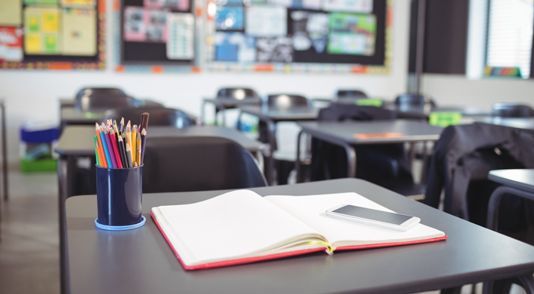
Eco-Clubs and Green Initiatives
Creating eco-clubs or other green initiatives can also help to engage students in maintaining a clean and sustainable school. These initiatives could include recycling programs, school garden projects, or campaigns to reduce waste.
Regular Evaluation and Adjustments: Monitoring Cleaning Performance and Making Necessary Changes
Feedback Surveys
Regular feedback surveys can provide valuable insights into the effectiveness of the cleaning plan. This feedback can be used to identify areas for improvement and make necessary adjustments to the cleaning plan.
Performance Reviews
Regular performance reviews can also be useful for monitoring cleaning staff performance. These reviews can help to identify any training needs, provide feedback on performance, and recognize the contributions of cleaning staff.
Conclusion: Achieving Optimal School Cleanliness with A Class Cleaning
Maintaining a clean and healthy school environment is a collaborative effort. It involves the school administration, cleaning staff, teachers, and students working together towards a common goal. With a comprehensive cleaning plan that incorporates best practices, regular evaluation, and a commitment to sustainability, schools can create an environment that is conducive to learning and promotes the health and well-being of everyone.
For schools in Norwalk, CT, seeking professional cleaning solutions,
A Class Cleaning is at your service. Our team of experienced cleaners is dedicated to maintaining the highest standards of cleanliness.
Contact us today to discover how we can assist in creating a cleaner, healthier, and more conducive learning environment in your school.

